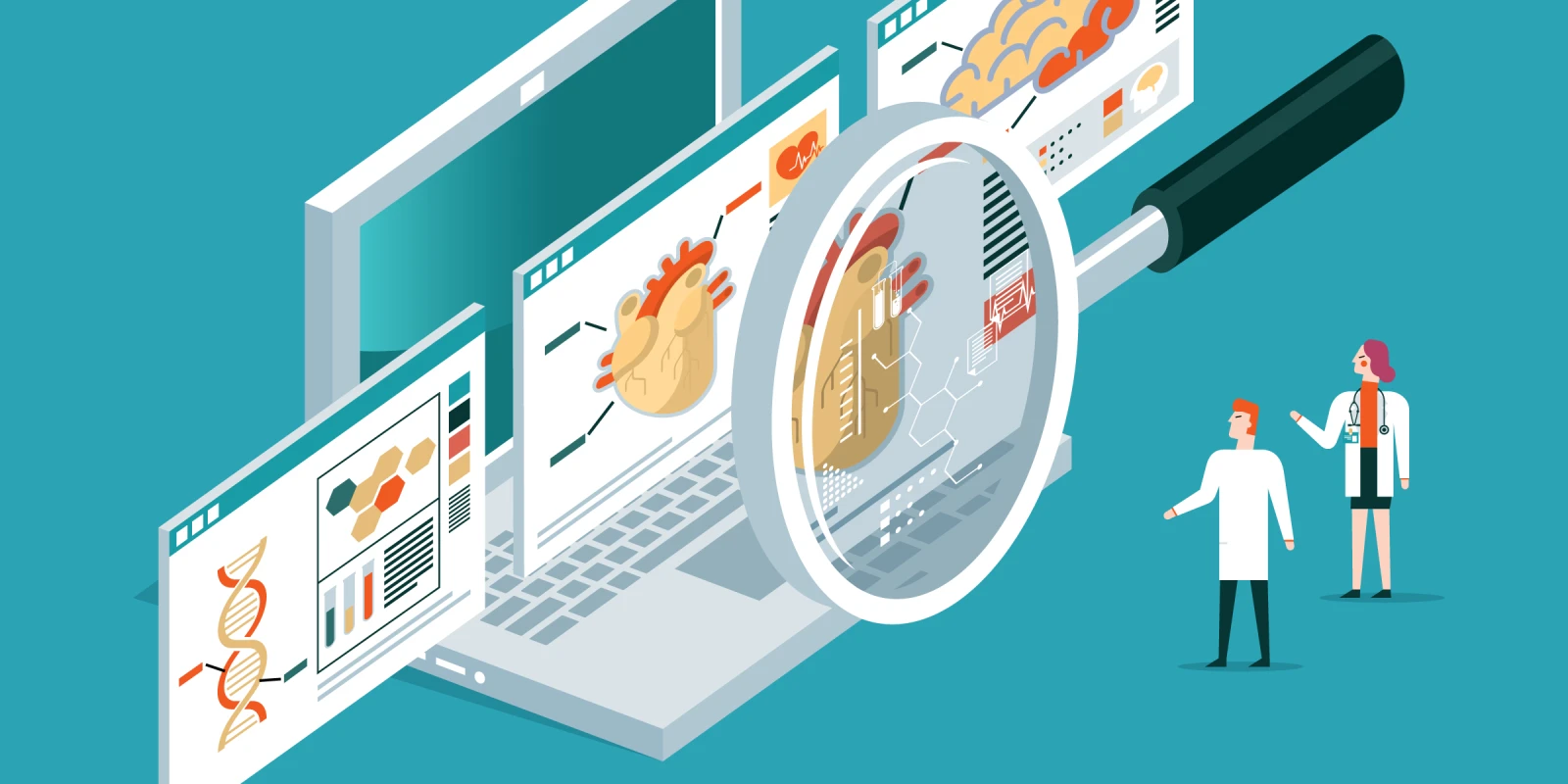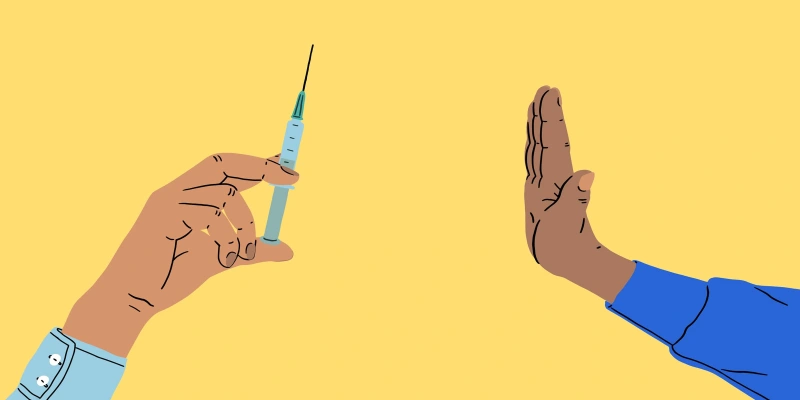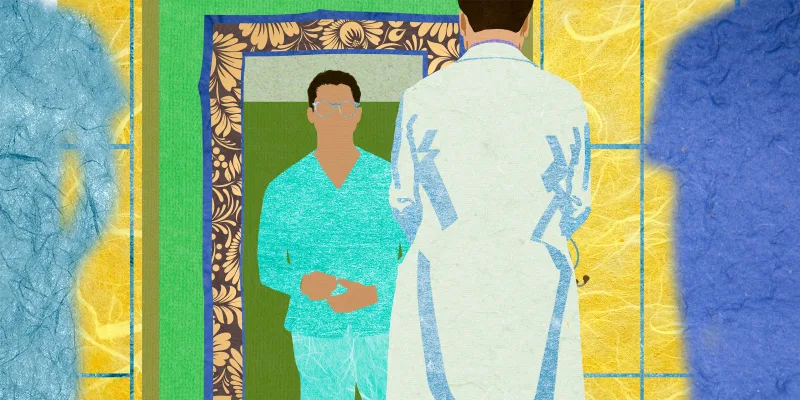Although the cessation of medical research conferences was by no means the worst aspect of the COVID-19 pandemic, many of us in medical research have missed in-person interactions and networking. Many organizations have adapted to the new normal, organizing excellent virtual meetings, but it is never quite the same. There is concern that the lack of in-person meetings could hinder collaboration, particularly for junior faculty, and slow the dissemination of innovative ideas. The Heart Rhythm Society (HRS) Scientific Sessions opted for a hybrid model this year. The in-person meeting in Boston was supplemented by pre-recorded virtual sessions that were available online. There were several safety measures in place, including color-coded lanyards to indicate comfort with physical proximity. Seating was spaced out more than in the past. Fortunately, the Boston convention center is a rather large building, so spacing out the seating was not a problem. Masks are optional for vaccinated people in Boston, but about half the audience was masked. There were ample spaces for small groups to convene. Hand sanitizer was readily available for those of us who still shake hands.
HRS always has a great mix of basic and translational research: human genetics, clinical electrophysiology (involving devices and ablation), and hot topics relevant to clinical cardiac electrophysiology. One of the hot topics this year was digital media and artificial intelligence (AI) approaches. This is quite topical in that there was increased use of digital health modalities during the pandemic (which is still ongoing, of course). One superb session with several great speakers, including Dr. C. Michael Gibson from Harvard University, Dr. Lilas Dagher from Tulane University, and Dr. Paul Friedman of Mayo Clinic, was chaired by Dr. Elaine Wan — my colleague from Columbia University — who spoke on “Integrating wearables into clinical practice.” The HRS digital health committee has a white paper coming out soon on this topic in the Cardiovascular Digital Health Journal. In theme, there were several sessions on the use of machine learning in electrocardiography to predict cardiovascular outcomes, proposals on how to integrate them into the electronic medical record, and provide further cardiovascular risk stratification.
The Zipes lecture is always one of the highlights of the basic and translational research sessions, and this year was no exception. The award/lecture this year went to Natalia Trayanova, PhD at Johns Hopkins, who has pioneered electrophysiology modeling for personalized medicine. She discussed her past and current work on computation models, translating those models into clinical electrophysiology practice and AI approaches for personalized computational cardiology.
Dr. Morrow is employed by Columbia University and has received a grant from the NIH.







